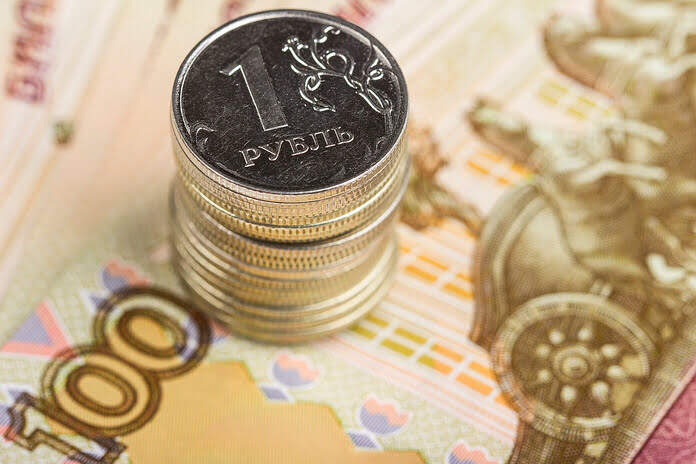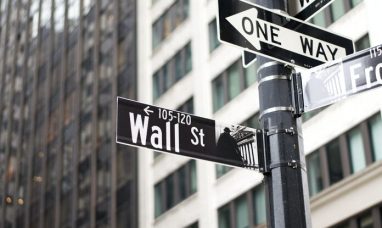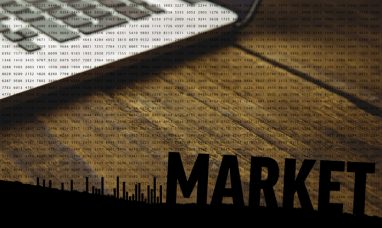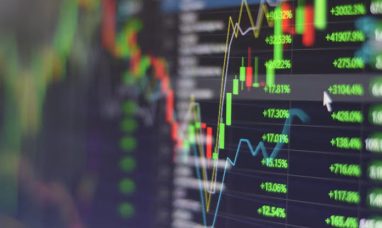The devaluation of Russia‘s ruble has prompted the country’s central bank to declare an urgent meeting scheduled for Tuesday, aimed at reviewing its primary interest rate. This move opens up the potential for an increase in borrowing expenses, which could offer support to the struggling ruble.
The Russian currency has breached the 101 rubles per dollar mark, marking a continual decline of over 25% in its valuation since the year’s commencement. This depreciation has led the ruble to its weakest position in nearly 17 months. After the central bank’s announcement, there was a minor recovery in the ruble’s value.
The decision to convene the meeting followed an op-ed by Maksim Oreshkin, President Vladimir Putin’s economic advisor, in which he attributed the weakened ruble to an “expansive monetary policy.” Oreshkin emphasized that a robust ruble is in the best interest of Russia’s economy, and he expressed concern that a feeble currency would “complicate economic restructuring and adversely impact citizens’ real incomes.”
Oreshkin conveyed confidence in Russia’s central bank’s ability to restore stability, foreseeing a return to normalization in the near future.
Alexei Zabotkin, deputy director of the bank, stated on Friday that the bank adheres to a flexible exchange rate policy as it enables the economy to adapt effectively to evolving external circumstances.
Analysts attribute the ruble’s depreciation to heightened defense spending, which has led to increased imports, and declining exports, particularly in the oil and natural gas sector. Importing more than exporting contributes to a reduced trade surplus, typically exerting downward pressure on a nation’s currency.
The Russian economy has shifted focus toward meeting various state orders related to the ongoing war effort, encompassing sectors such as textiles, pharmaceuticals, and the food industry. This shift not only escalates imports but also raises concerns about exacerbating inflation.
To mitigate this risk, the central bank announced last week that it would halt the purchase of foreign currency on the domestic market until the year’s end. This measure aims to bolster the ruble and minimize volatility. In the past, Russia has generally sold foreign currency to counterbalance revenue shortfalls from oil and gas exports and bought currency when experiencing surpluses.
Last month, the central bank implemented a substantial 1% increase in its primary interest rate, citing projections of ongoing inflation and increased risks due to the ruble’s depreciation. The next discussion regarding Russia’s key interest rate is scheduled for September 15.
On Monday, some residents of Moscow expressed apprehensions about the declining ruble, anticipating rising prices and a consequent decline in living standards. Others remained hopeful that the ruble’s decline would be temporary and that stability would eventually return.
In January, the ruble maintained an exchange rate of around 66 to the dollar but experienced a subsequent devaluation of about one-third of its value in the following months.
Following Western sanctions imposed after the Ukraine invasion in February 2022, the ruble plummeted to as low as 130 to the dollar. However, the central bank introduced capital controls that stabilized its value. By the following summer, the exchange rate ranged between 50 to 60 rubles per dollar.
Zabotkin dismissed the notion that capital flight from Russia contributed to the ruble’s fall, asserting that this idea lacked substantiation. He did acknowledge, however, that international sanctions had led to a significant reduction in imports to Russia.
Featured Image: Freepik @ photomars

















